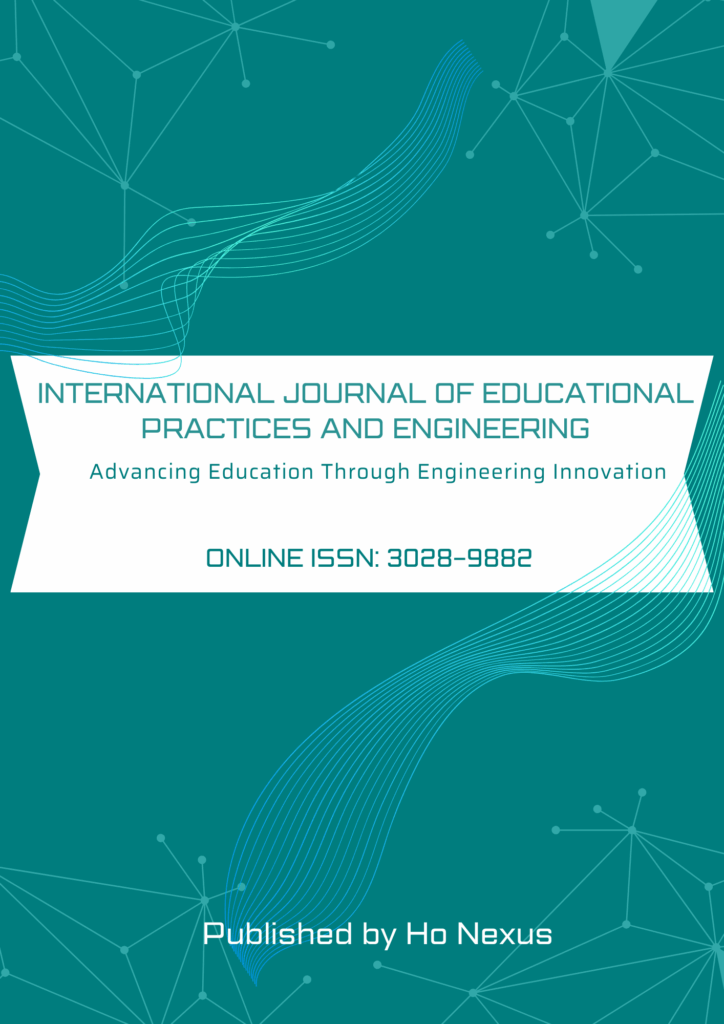International Journal of Educational Practices and Engineering(IJEPE)
La revista International Journal of Educational Practices and Engineering (ISSN 3028-9882) es una publicación internacional, de acceso abierto y revisada por pares, centrada en la tecnología de la información y la innovación educativa. Publica artículos de investigación originales y de revisión que promueven la integración de nuevas tecnologías en la educación y la ingeniería. Aborda herramientas tecnológicas, plataformas, metodologías y tendencias emergentes —como la inteligencia artificial y la realidad virtual y aumentada—, así como su impacto en los procesos de enseñanza-aprendizaje.
Transformamos tus ideas en libros digitales
Publica tu obra en formato digital con Ho Nexus y llega a lectores de todo el mundo.
Todos los trabajos pasan por un riguroso proceso de revisión por pares ciegos.


